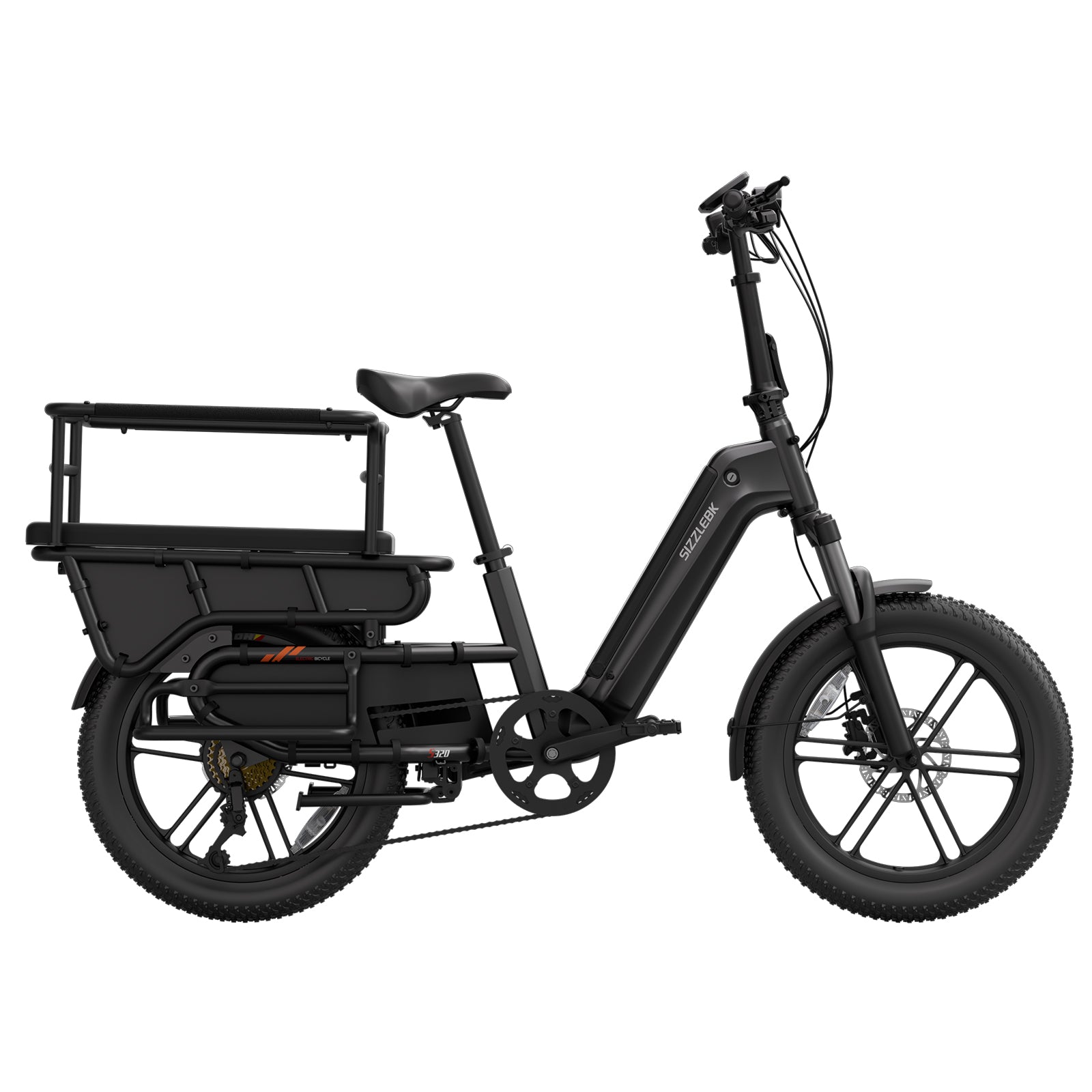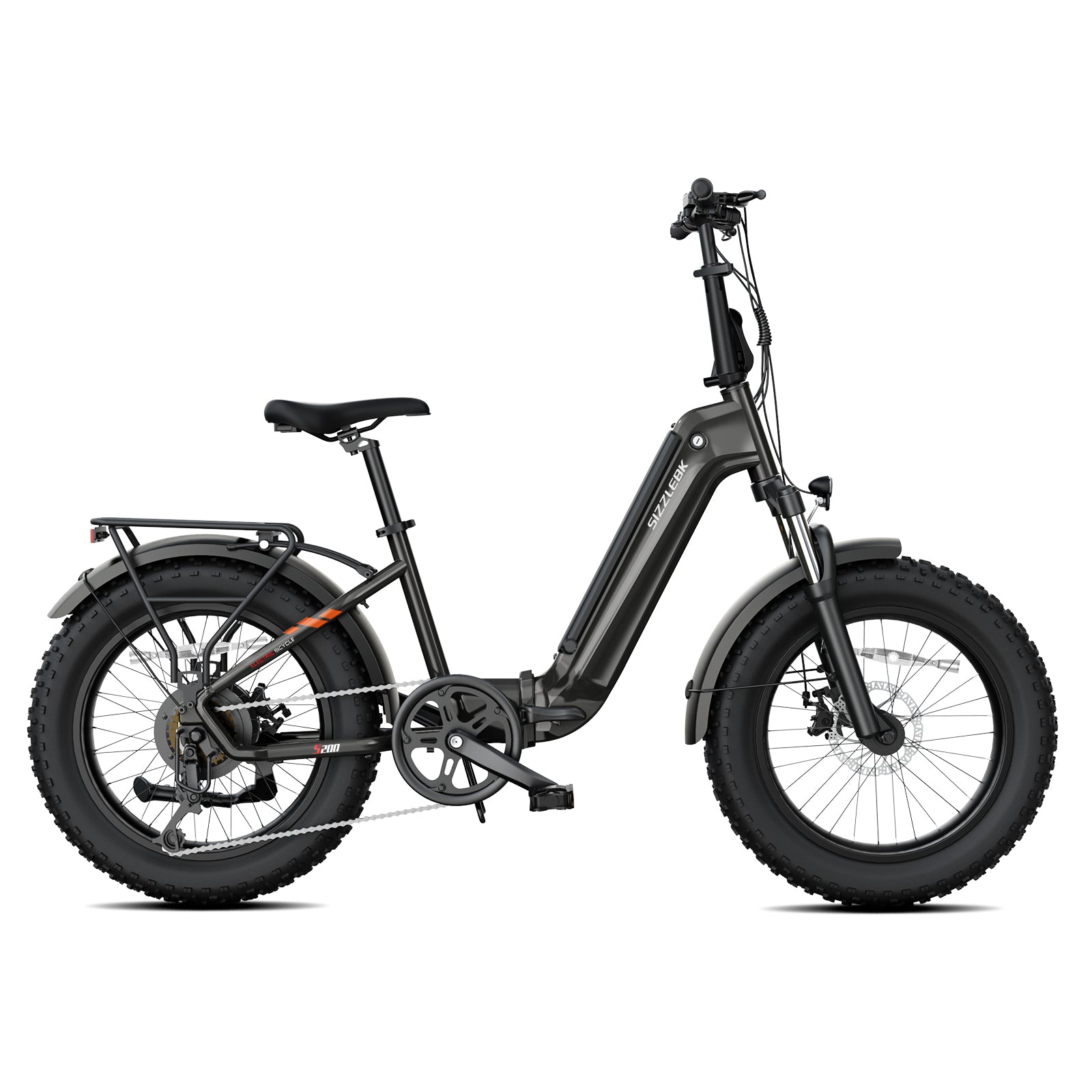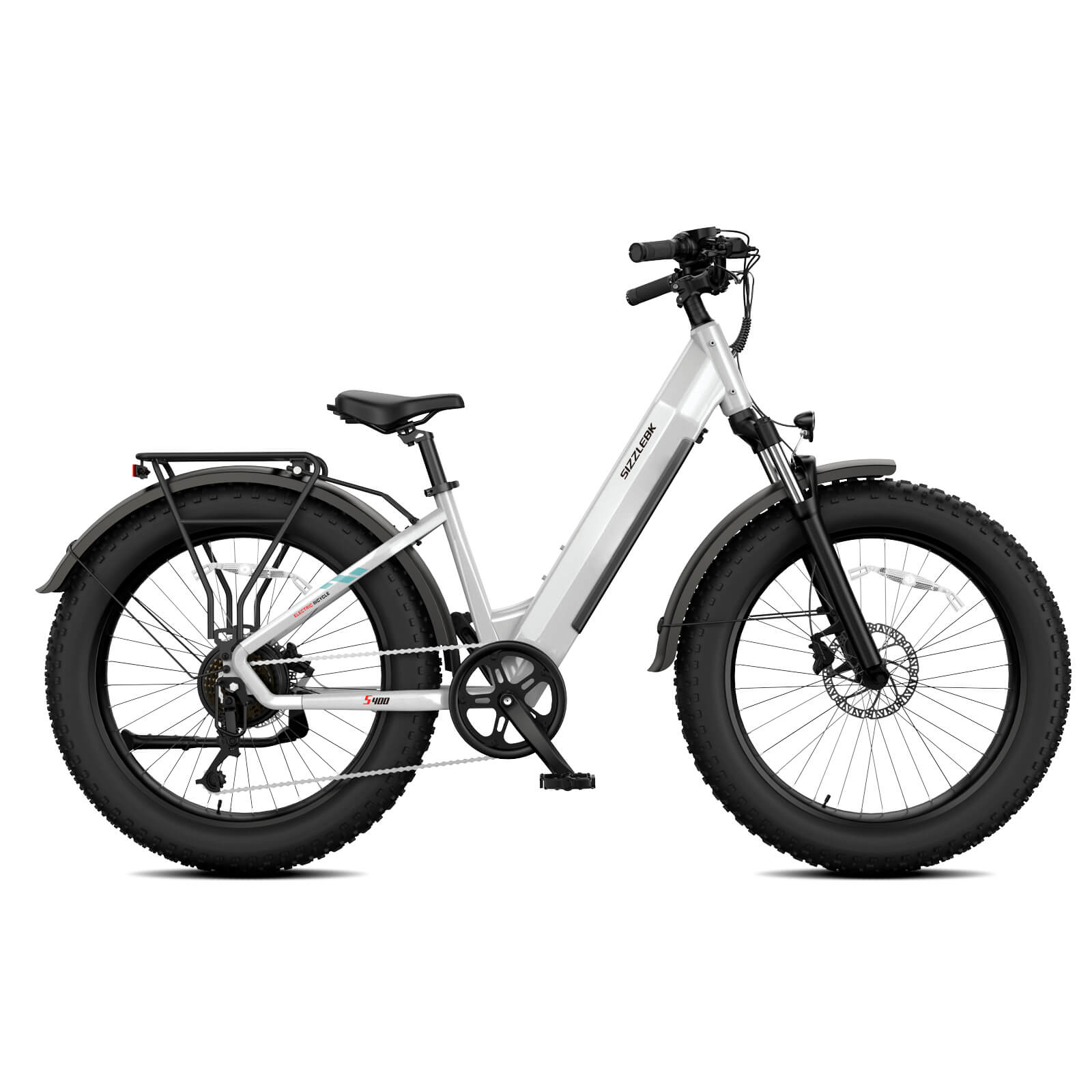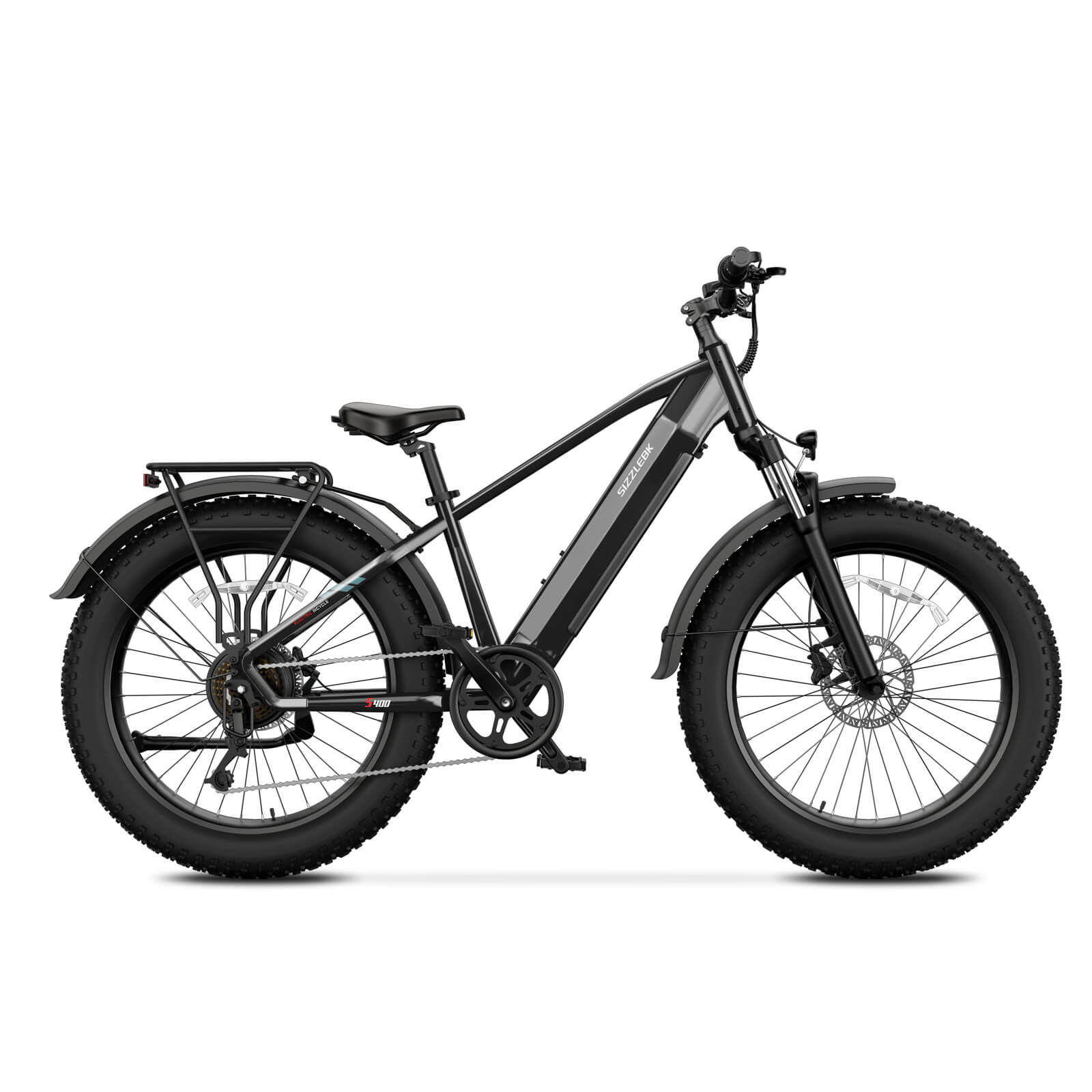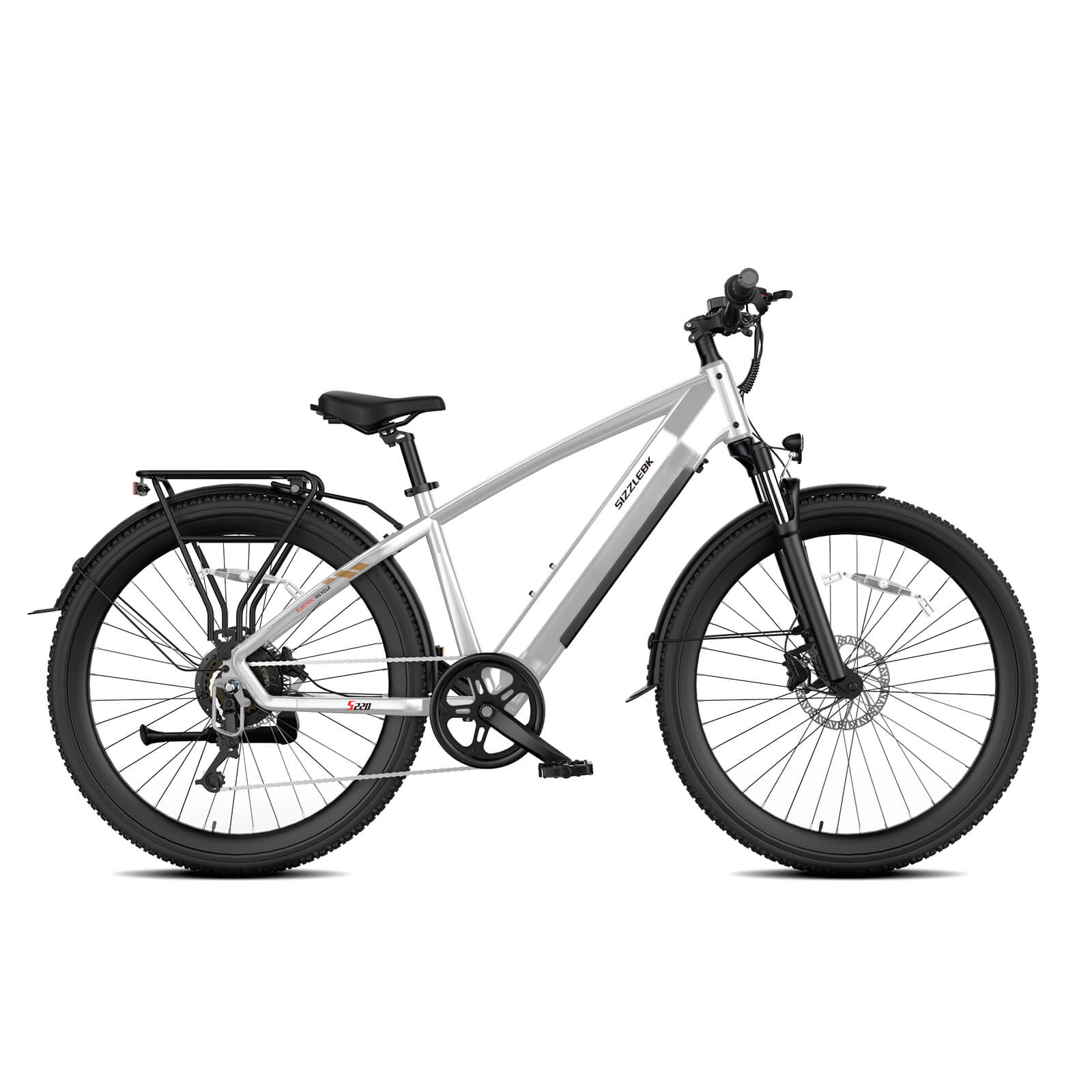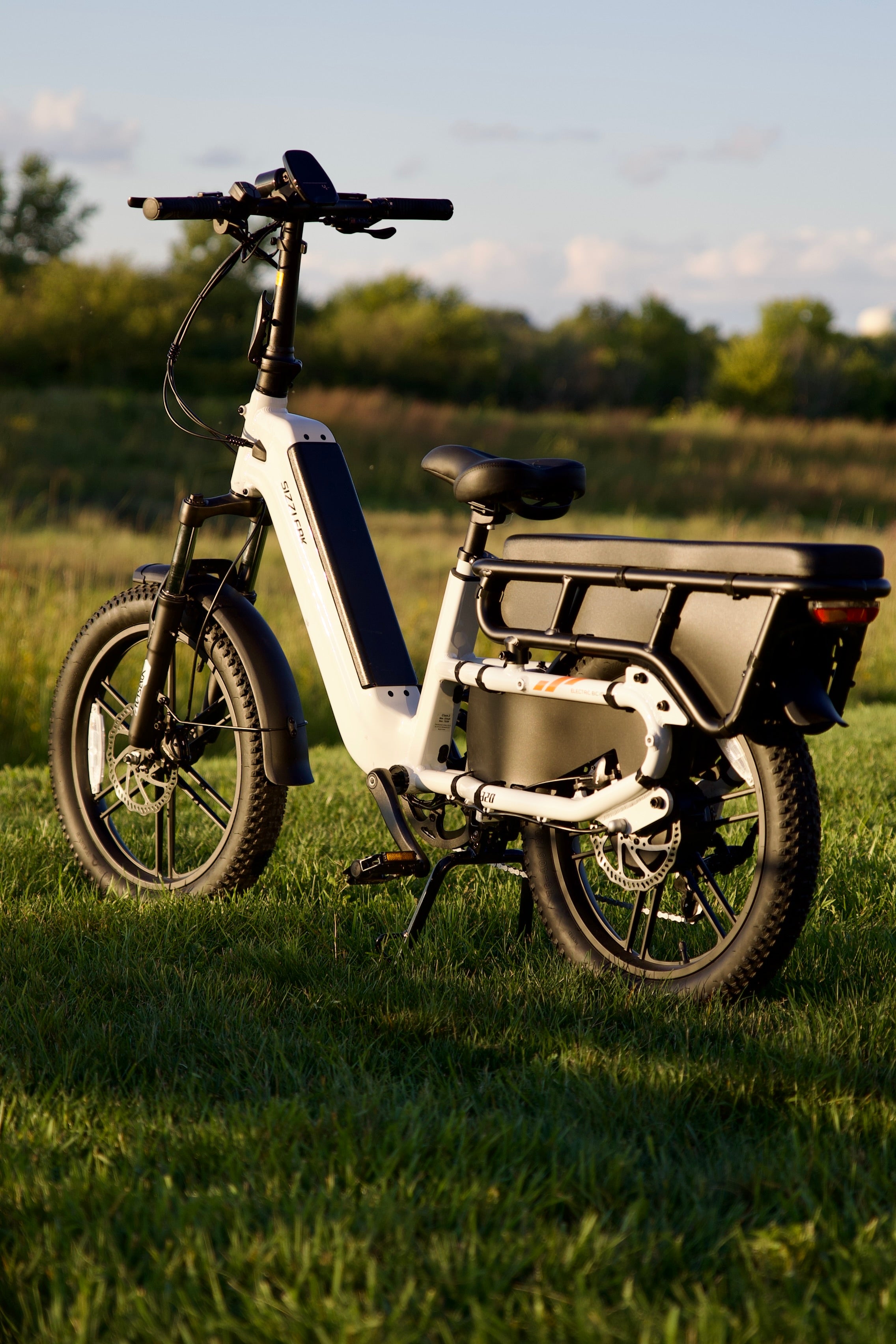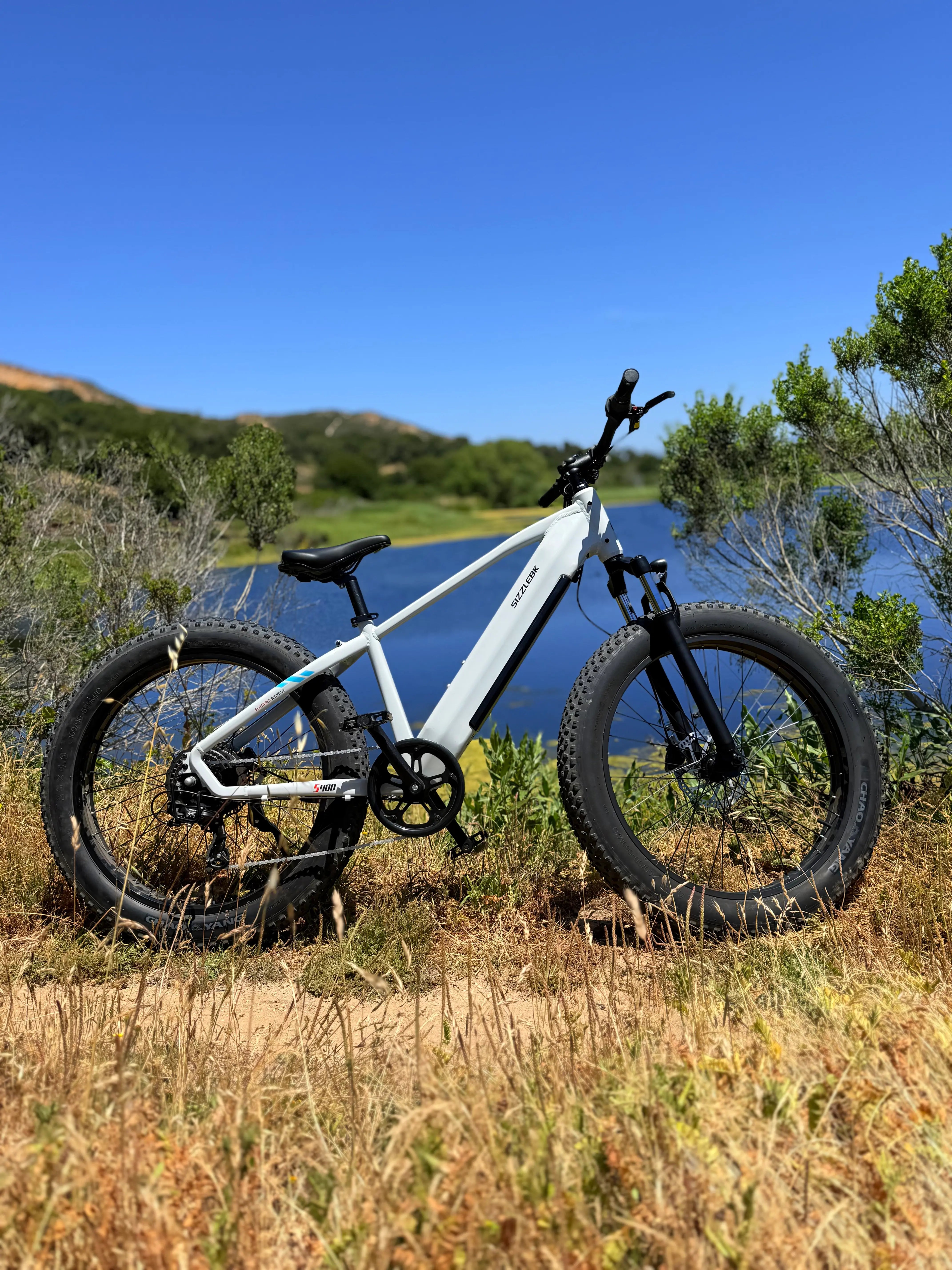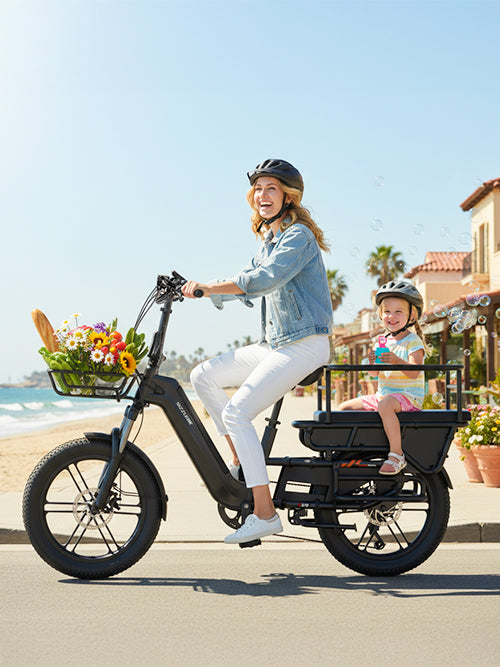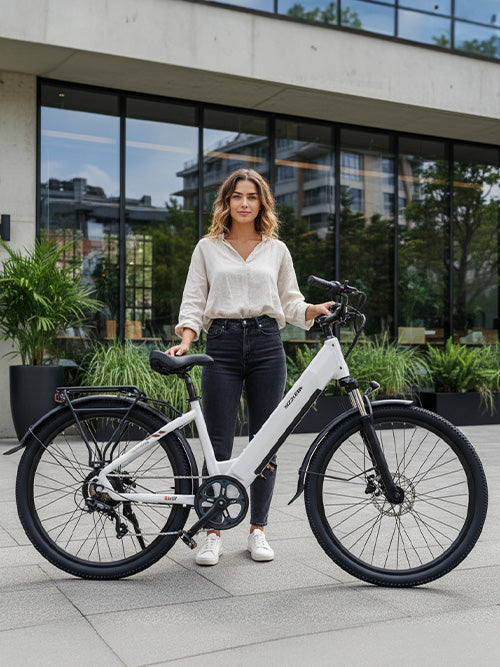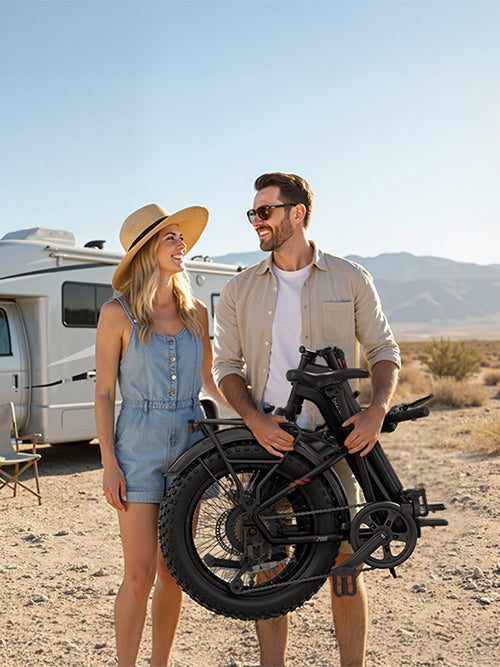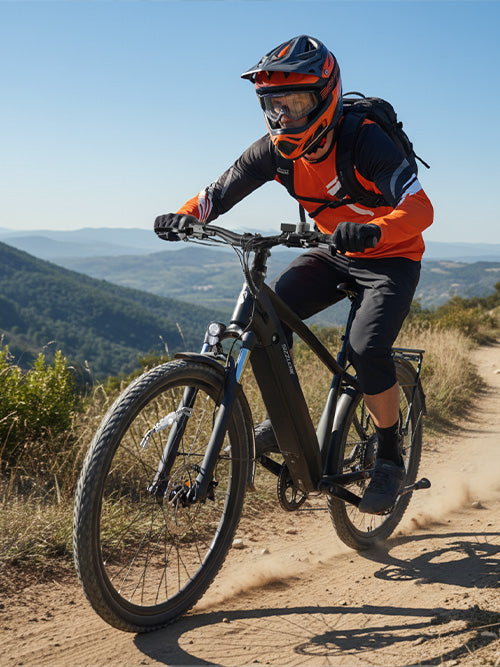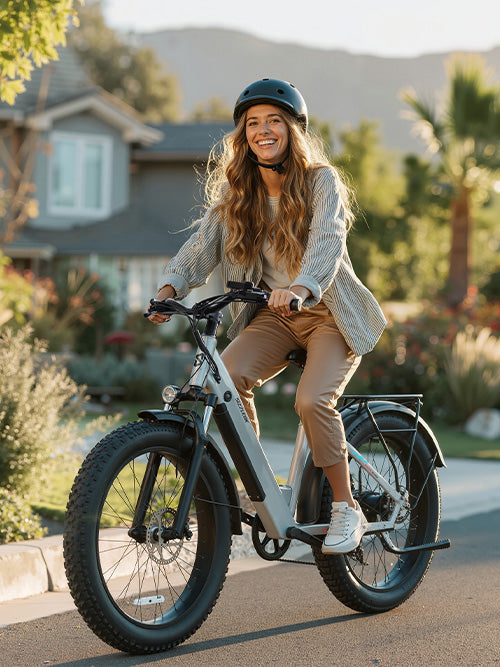Riding a bike to the grocery store is not only an eco-friendly choice but also a great way to get some exercise. However, once you’ve made your purchases, figuring out how to carry groceries on a bike can be a bit challenging. Luckily, with the right accessories and a few smart strategies, you can easily transport your groceries home. In this guide, we’ll explore the best methods and bike basket ideas to ensure your grocery trips are smooth and hassle-free.
Choosing the Right Bike for Grocery Shopping
Before diving into the various methods of carrying groceries, it's essential to ensure your bike is suitable for the task. Here are some factors to consider:
- Frame Strength: Choose a bike with a sturdy frame that can handle additional weight.
- Gearing: A bike with multiple gears will help you manage the extra load, especially if you have hills to climb.
- Braking System: Ensure your brakes are in top condition to safely stop with the added weight.
Bike Grocery Bags: A Convenient Solution
One of the simplest ways to carry groceries on a bike is by using bike grocery bags. These bags are designed to attach to your bike and can accommodate a significant amount of groceries.
Types of Bike Grocery Bags
- Panniers: These bags attach to either side of your rear bike rack. Panniers are spacious and can hold a variety of items. They are ideal for larger grocery trips.
- Handlebar Bags: These smaller bags attach to the handlebars. While they don't hold as much as panniers, they are perfect for smaller or more delicate items.
- Saddle Bags: Placed under the bike seat, these are great for carrying lighter, smaller items and can complement other bags if you have a larger load.
Tips for Using Bike Grocery Bags
- Weight Distribution: Evenly distribute the weight between both sides of the bike to maintain balance.
- Secure the Bags: Ensure all bags are securely fastened to the bike to prevent them from falling off during the ride.
- Visibility: Choose bags with reflective strips for better visibility during night rides.
Bike Baskets: A Classic Choice
Bike baskets are a classic and versatile option for carrying groceries. Available in various styles and sizes, they can be attached to the front or rear of your bike.
Front vs. Rear Baskets
- Front Baskets: These attach to the handlebars and are great for lighter items. However, they can affect steering if overloaded.
- Rear Baskets: Mounted on the rear rack, they can handle more weight without affecting bike handling. They're perfect for larger grocery hauls.
Basket Material Options
- Wicker: Offers a classic look but may not be as durable for heavy loads.
- Metal: Strong and durable, suitable for heavier items.
- Plastic: Lightweight and weather-resistant, ideal for all-weather use.
Creative Bike Basket Ideas
If traditional baskets or bags aren't your style, consider these creative bike basket ideas for carrying groceries:
- Crates: Attach a wooden or plastic crate to your rear rack for a rustic, DIY solution.
- Backpacks: Use a sturdy backpack for quick trips, ideal if you don’t have a lot to carry.
- Cargo Trailers: For those who regularly transport large loads, a bike cargo trailer offers ample space and stability.
Packing Your Groceries for a Safe Ride
Once you have your carrying method, packing your groceries efficiently is crucial to ensure a smooth ride:
- Heavy Items: Place heavier items at the bottom to keep the center of gravity low.
- Delicate Items: Protect fragile items like eggs by placing them on top or in a separate small bag.
- Balanced Load: Ensure weight is distributed evenly to maintain balance while riding.
Safety Tips for Carrying Groceries on a Bike
Transporting groceries on a bike requires some additional precautions to ensure your safety and the safety of others on the road:
- Check Tire Pressure: Before loading your bike, ensure the tires are properly inflated to handle the extra weight.
- Use a Kickstand: A sturdy kickstand will keep your bike upright while loading and unloading groceries.
- Plan Your Route: Choose a route with less traffic and smooth roads to make your journey safer and more enjoyable.
- Be Visible: Wear reflective gear and use bike lights, especially if you’re riding at dawn, dusk, or nighttime.
Final Thoughts
Carrying groceries on a bike can be easy and efficient with the right tools and techniques. Whether you choose bike grocery bags, baskets, or creative alternatives like crates or trailers, there’s a solution for every cyclist. By following these tips and ensuring your groceries are packed securely, you can enjoy the benefits of cycling while completing your shopping errands. Happy riding!
FAQs
1. How do bikers carry groceries?
Bikers often carry groceries using pannier bags, rear racks, front baskets, or cargo trailers. For larger loads, cargo eBikes with built-in racks or dedicated bike trailers provide the safest and most efficient way to transport groceries.
2. How to carry food while biking?
To carry food while biking, use insulated panniers or backpacks to keep items fresh. For larger or delicate loads like takeout meals, enclosed bike trailers or cargo racks with strapped boxes are ideal for ensuring safe, spill-free transport.
3. How to carry heavy things on a bike?
For heavy items, use a cargo eBike or attach a cargo trailer. These are specifically designed to handle heavier weights safely. Additionally, rear racks combined with sturdy pannier bags can help distribute the weight evenly, improving balance and control.
4. What is the best way to carry stuff while biking?
The best method depends on the weight and size of what you’re carrying:
-
Small, light loads: Backpacks or handlebar bags
-
Medium loads: Rear racks with pannier bags
-
Large or heavy loads: Cargo eBikes or bike trailers
5. How much weight can you carry on a bicycle?
Most standard bicycles can safely carry around 20–55 lbs (9–25 kg) on racks, while cargo eBikes often support up to 300 lbs (136 kg) or more, depending on the model. Always check the manufacturer’s specifications for maximum load limits to ensure safe riding.
